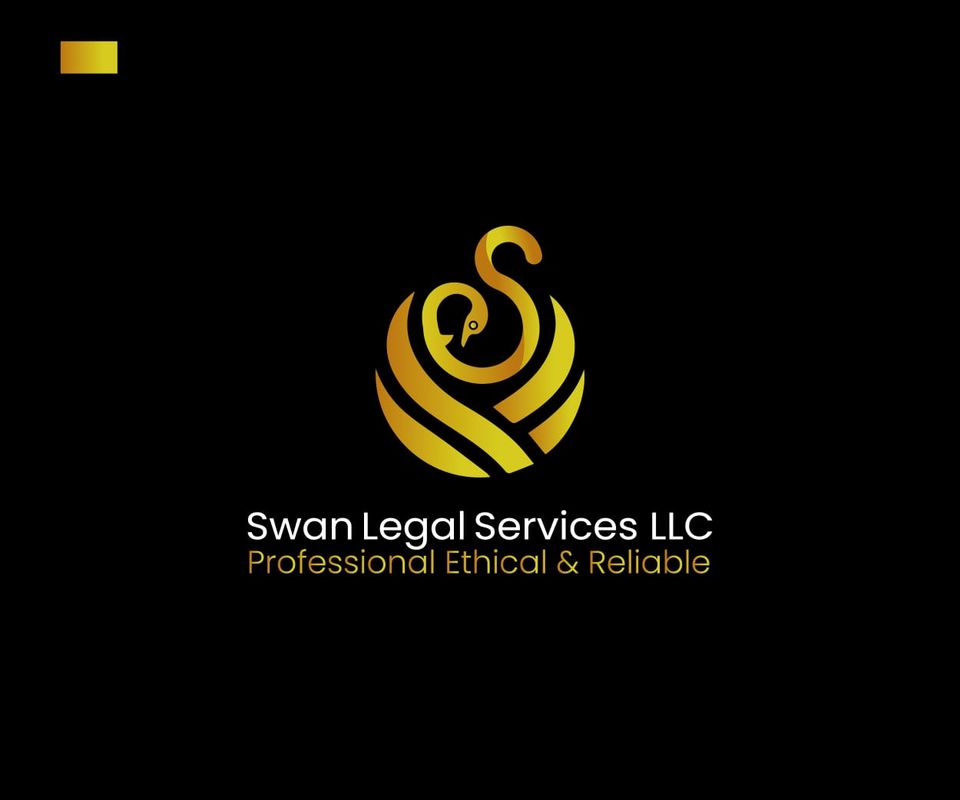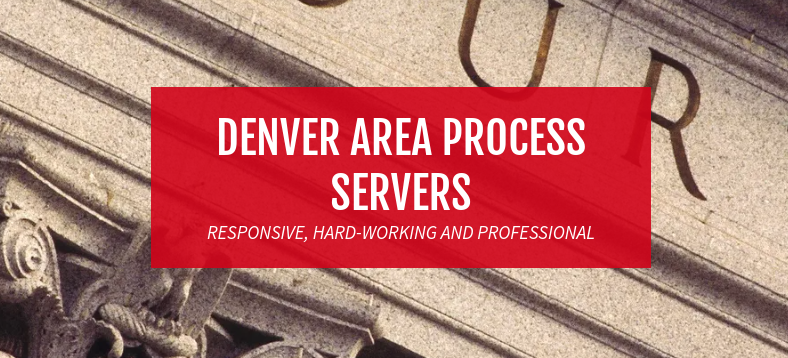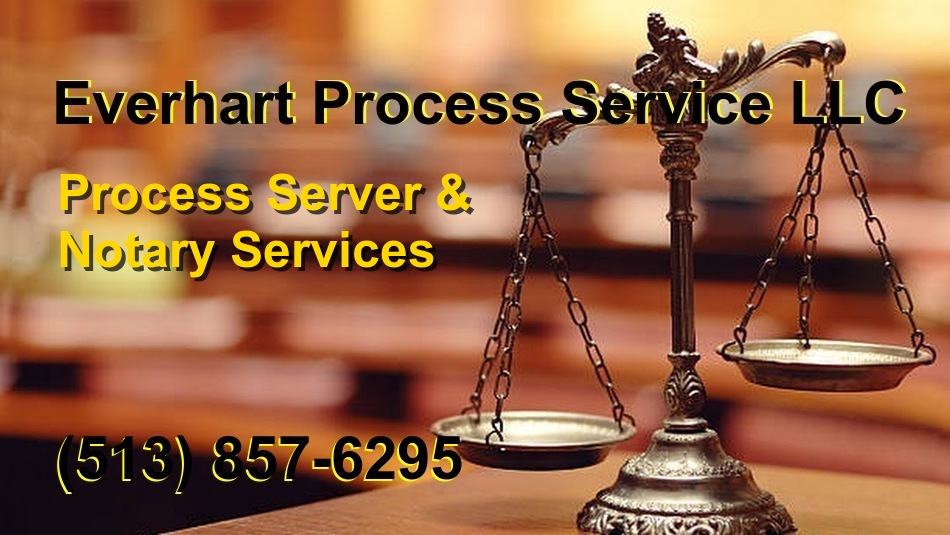Landlords sometimes get a bad rap. In the minds of disgruntled tenants, the landlord is the guy who collects money every month, takes two weeks to fix a leaky faucet and hasn’t painted the front of the building since the Ford administration. But the truth is that being a landlord can be hard and often thankless work. Perhaps that’s why so many landlords now call themselves “residential rental owners” to avoid the stigma associated with the ancient profession.
 At one time in history, landlords literally were lords. In the manorial and feudal systems of medieval Europe, all land was owned by a lord who allowed peasants to live on his property in return for labor. In exchange for working the land, peasants received protection against roving bands of marauders and invading armies. Peasant labor was only a small step away from slave labor. Technically, peasants had their freedom, but many lords used all manner of financial and physical intimidation to keep peasants under their power.
At one time in history, landlords literally were lords. In the manorial and feudal systems of medieval Europe, all land was owned by a lord who allowed peasants to live on his property in return for labor. In exchange for working the land, peasants received protection against roving bands of marauders and invading armies. Peasant labor was only a small step away from slave labor. Technically, peasants had their freedom, but many lords used all manner of financial and physical intimidation to keep peasants under their power.
oday, landlords are property owners who rent homes, apartments and condominiums as a business. The professional relationship between a modern landlord and his tenants is dictated by strict state and federal laws meant to protect the rights of both the renter and the property owner. Landlords sometimes hire property managers to screen tenants, handle repairs and oversee the day-to-day operation of a rental property.
Reasonable landlords and their representatives treat tenants with respect, charge a fair price, keep their properties up to code and quickly complete repairs. Keep reading to learn how landlords find and screen potential tenants, what’s included in a lease or rental agreement, landlord rights and responsibilities, and what’s involved in an eviction.
Finding the right information for Evictions in your State – on NationalEvictions.com
One way landlords find tenants is by placing an ad for a rental unit in the local newspaper or on websites designed to help Landlords, You also want to get involved with NationalEvictions.com and learn your rights and find Services to Aid Landlords with Evictions. The ad should include a complete description of the property that details its size, monthly rent, how many bedrooms and bathrooms there are, and which appliances and utilities are included. If the landlord is considering yearlong rather than month-to-month leases, he should make that clear as well.
By listing all of these details in the ad, neither the landlord nor the potential tenant wastes time discussing or walking through a dwelling that’s wrong for the client’s needs. It’s also recommended that the landlord talk to all potential tenants over the phone before meeting at the rental property. This is another way to double-check that the unit is right for the tenant.
 At an appointment to show the apartment, the landlord should come prepared with a rental application. The purpose of the rental application is to have written proof that the tenant has the income and financial stability to pay the rent on time and that he has a solid rental history with no evictions, legal problems with landlords or history of missed payments. Here’s some standard information that should be collected on a rental application:
At an appointment to show the apartment, the landlord should come prepared with a rental application. The purpose of the rental application is to have written proof that the tenant has the income and financial stability to pay the rent on time and that he has a solid rental history with no evictions, legal problems with landlords or history of missed payments. Here’s some standard information that should be collected on a rental application:
- Personal information: Name, address, phone numbers and an e-mail address for all applicants and co-applicants, including how many children and pets will be living in the unit.
- Credit check authorization: The applicant’s written permission to check his credit history. To run the credit check in the United States, the landlord will need the applicant’s Social Security number and a copy of his driver’s license.
- Income: Recent pay stubs and bank statements to verify the applicant’s monthly income and bank account holdings. A good rule of thumb is that the monthly rent should equal no more than one-third of a tenant’s monthly income.
- Employment history: A list of recent employers, including how long the applicant stayed at each job.
- Rental history: A list of addresses and landlord contact information for the past two or three years. A prospective landlord will want to know if the applicant has ever been evicted, had his home foreclosed or missed more than three rental payments in a year.
- Code of conduct and rent agreement: The applicant should sign a code of conduct — what behavior is and isn’t acceptable on the property. The agreement should also include the rent amount.
Meeting with tenants and collecting applications is all part of the tenant screening process. It’s extremely important that the landlord understand any applicable fair housing laws to avoid any claims of discrimination during the screening process
The basic rule of tenant screening is to establish a clear set of criteria against which all applicants will be judged. For example, each applicant must have a minimum amount of monthly income, a minimum credit score and no prior evictions. It’s a good idea to put that set of criteria in writing and have a lawyer take a look at it. All decisions should be based on sound business logic, like using the same standards to evaluate each prospective tenant, not personal impressions. To avoid discrimination, a landlord shouldn’t make exceptions for one applicant if he wouldn’t make those same exceptions for all of them.
Once the landlord has found the right applicant, it’s time to sign the lease. If the Tenants does not pay make sure you have the Notice to Quit Forms.
Rental agreements and leases are binding legal contracts that establish the specific terms of the arrangement between the landlord and his tenant. The difference between rental agreements and leases is that rental agreements usually cover short-term or month-to-month rentals, while leases cover six-month and yearlong rentals [source: Forms on NationalEvictions.com]. Rental agreements automatically renew after 30 days, and leases need to be renewed when they expire.
In England, there are two different kinds of rental agreements: shorthold tenancies and assured tenancies. The default arrangement is a shorthold tenancy, in which the landlord can automatically regain possession of the property after six months, as long as he gives two months’ written notice. With assured tenancies, landlord can only repossess a property if he can prove to a court that the tenant is behind on rent or violating rental policies
A rental agreement or lease should include the following terms:
- names of all occupants
- limits on number of occupants
- length of tenancy
- amount of rent, when it’s due and how to pay it
- amount of security deposits and fees
- landlord responsibilities
- landlord rights
- code of conduct
- pet regulations
- miscellaneous restrictions like parking, use of common areas and laundry facilities [source: AAXON.com]
A rental agreement or lease document protects both landlords and tenants. The terms of the agreement help protect the landlord against irresponsible tenants and protect the tenant against overzealous or illegal landlords.
Landlords and tenants should pay particular attention to the language in the lease regarding the security deposit and how it will be used. A security deposit is money that the tenant lends to the landlord to cover the cost of any future damages or repairs that exceed the definition of normal use, which we’ll learn about shortly. Security deposits are the most common cause of legal disputes between landlords and tenants.
 There are several important distinctions here. The money is lent — not paid — to the landlord. Some states require landlords to keep security deposits in a separate bank account like an escrow account . Upon termination of the lease, that money will be paid back to the tenant (with interest, in some states) unless the tenant has damaged the property beyond normal wear and tear.
There are several important distinctions here. The money is lent — not paid — to the landlord. Some states require landlords to keep security deposits in a separate bank account like an escrow account . Upon termination of the lease, that money will be paid back to the tenant (with interest, in some states) unless the tenant has damaged the property beyond normal wear and tear.
So what’s normal use? This is something that needs to be clearly explained in the lease. For example, carpets get dirty, paint gets chipped and drains get clogged. Each of these situations is considered normal use. But, for example, if a tenant illegally uses his apartment to run a small bakery, and the constant heat from the oven permanently damages the kitchen tiles and peels away the paint on the ceiling, that’s not normal use. The damages will be deducted from the tenant’s security deposit.
The best way for landlords and tenants to avoid security deposit disputes is to take plenty of photos of the property before the tenant moves in. Both the landlord and tenant should document any existing damage and sign a waiver or disclosure stating that the current tenant will not be responsible for those repairs. In Australia, it’s typical for landlords and tenants to fill out an official Property Condition Report before signing the lease.
Even after the rental agreement or lease is signed, a landlord shouldn’t hand over the keys until the security deposit and first month’s rent checks have cleared. If a landlord allows a tenant to move in immediately, and the checks later bounce, the only recourse may be eviction proceedings.
Tags:
Eviction Information,
Landlord Information
 USLegal Personal and Business Form Subscriptions
USLegal Personal and Business Form Subscriptions Residential Lease Forms Package
Residential Lease Forms Package Homes Sales Package
Homes Sales Package NationalEvictions.com
NationalEvictions.com USLegalForms.com has been named the best online legal forms service for 11 years in a row. Top Ten Reviews gives USLegal its Gold Award after head to head comparison of 10 legal websites.





 At one time in history, landlords literally were lords. In the manorial and feudal systems of medieval Europe, all land was owned by a lord who allowed peasants to live on his property in return for labor. In exchange for working the land, peasants received protection against roving bands of marauders and invading armies. Peasant labor was only a small step away from slave labor. Technically, peasants had their freedom, but many lords used all manner of financial and physical intimidation to keep peasants under their power.
At one time in history, landlords literally were lords. In the manorial and feudal systems of medieval Europe, all land was owned by a lord who allowed peasants to live on his property in return for labor. In exchange for working the land, peasants received protection against roving bands of marauders and invading armies. Peasant labor was only a small step away from slave labor. Technically, peasants had their freedom, but many lords used all manner of financial and physical intimidation to keep peasants under their power. At an appointment to show the apartment, the landlord should come prepared with a rental application. The purpose of the rental application is to have written proof that the tenant has the income and financial stability to pay the rent on time and that he has a solid rental history with no evictions, legal problems with landlords or history of missed payments. Here’s some standard information that should be collected on a rental application:
At an appointment to show the apartment, the landlord should come prepared with a rental application. The purpose of the rental application is to have written proof that the tenant has the income and financial stability to pay the rent on time and that he has a solid rental history with no evictions, legal problems with landlords or history of missed payments. Here’s some standard information that should be collected on a rental application: There are several important distinctions here. The money is lent — not paid — to the landlord. Some states require landlords to keep security deposits in a separate bank account like an escrow account . Upon termination of the lease, that money will be paid back to the tenant (with interest, in some states) unless the tenant has damaged the property beyond normal wear and tear.
There are several important distinctions here. The money is lent — not paid — to the landlord. Some states require landlords to keep security deposits in a separate bank account like an escrow account . Upon termination of the lease, that money will be paid back to the tenant (with interest, in some states) unless the tenant has damaged the property beyond normal wear and tear.














